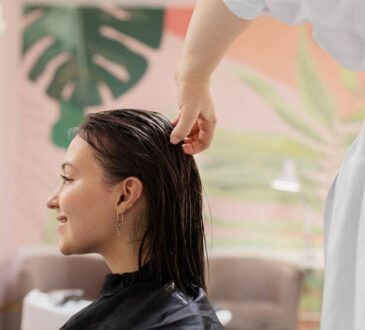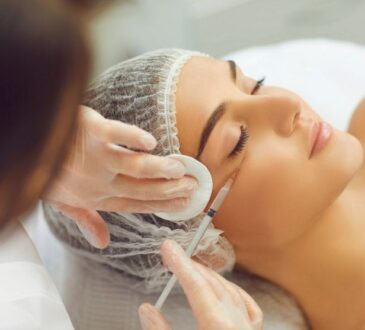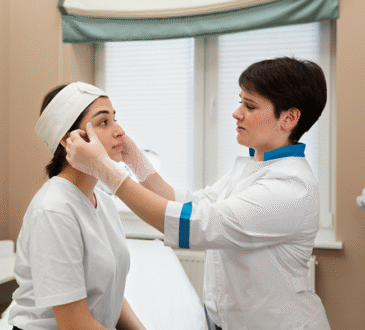
Botox, derived from the botulinum toxin, has evolved from a medical treatment for muscle disorders into one of the most widely recognized non-surgical cosmetic procedures in the world. Its ability to temporarily relax targeted muscles has made it a preferred option for reducing facial wrinkles, enhancing facial symmetry, and even managing certain medical conditions. In recent years, global medical tourism has highlighted destinations with advanced aesthetic care, including Botox in Bangkok performed to international standards.
How Botox Works
Botulinum toxin works by blocking the release of acetylcholine, the neurotransmitter responsible for muscle contraction. When injected into specific muscles in small, controlled doses, Botox prevents overactivity, leading to a temporary smoothing of the skin above. The effects are localized and do not spread to untreated areas when administered correctly.
This mechanism was first harnessed in ophthalmology to treat conditions like strabismus (crossed eyes) and blepharospasm (involuntary eyelid twitching). The cosmetic application emerged after clinicians noticed a reduction in facial lines in patients receiving therapeutic injections.
Common Cosmetic Uses
In aesthetic medicine, Botox is most commonly used for:
- Forehead lines – Softening horizontal creases caused by repeated raising of the eyebrows.
- Glabellar lines – Reducing vertical frown lines between the eyebrows.
- Crow’s feet – Minimizing fine lines radiating from the outer corners of the eyes.
- Bunny lines – Smoothing wrinkles on the bridge of the nose.
- Lip and chin refinement – Adjusting muscle activity for a more balanced smile or smoother chin contour.
Advanced practitioners may also use Botox for subtle facial reshaping, such as jawline slimming through masseter muscle reduction.
Therapeutic Applications Beyond Aesthetics
While Botox is often associated with beauty treatments, its therapeutic uses are extensive and well-researched:
- Chronic migraine prevention – Reducing frequency and intensity in migraine sufferers.
- Hyperhidrosis – Controlling excessive sweating in areas like the underarms or palms.
- Muscle spasticity – Treating conditions caused by neurological disorders.
- Overactive bladder – Reducing urinary urgency and frequency.
These applications have further cemented Botox’s place as a versatile and clinically validated treatment option.
Safety Profile and Procedure
Botox is considered safe when performed by trained medical professionals. The procedure involves:
- Consultation – Assessment of medical history, aesthetic goals, and suitability.
- Mapping injection sites – Identifying precise points for optimal results.
- Administration – Using a fine needle to deliver small doses to targeted muscles.
- Aftercare – Patients are advised to avoid rubbing the area and to keep upright for several hours.
Most people experience only mild discomfort and minimal downtime. Temporary redness or swelling may occur but typically resolves quickly.
Longevity of Results
The effects of Botox generally appear within 3–7 days and peak around two weeks post-treatment. Results last between 3 to 6 months, depending on individual metabolism, treatment area, and dosage. Repeat treatments help maintain the desired look, and in some cases, muscle activity may gradually weaken, leading to longer-lasting effects over time.
Choosing the Right Provider
Selecting a qualified provider is critical to achieving natural, balanced results while minimizing risks. Key considerations include:
- Verified medical credentials and training in facial anatomy
- A portfolio of before-and-after photos from previous clients
- Clear explanation of expected results and possible side effects
- Transparent pricing with no hidden costs
In medical tourism destinations like Bangkok, reputable clinics often combine international safety standards with cost-effective treatment packages.
Ethical Considerations
Responsible Botox use emphasizes enhancing natural features rather than drastically altering appearance. Open communication between patient and provider helps set realistic expectations and ensures that the procedure supports overall facial harmony.
Conclusion
Botox remains one of the most versatile and trusted tools in both cosmetic and medical practice. From wrinkle reduction to therapeutic applications for chronic conditions, its effectiveness is backed by decades of research and clinical use. In skilled hands, Botox can deliver safe, subtle, and satisfying results that enhance both confidence and well-being.




